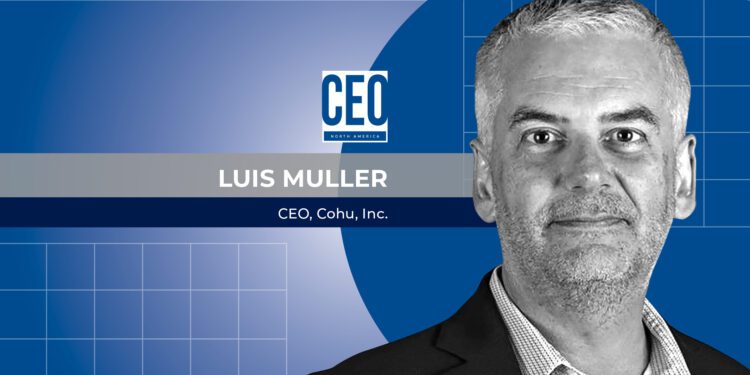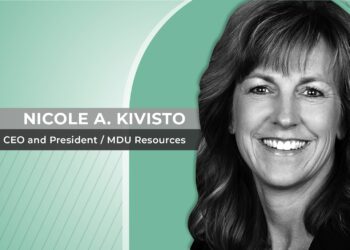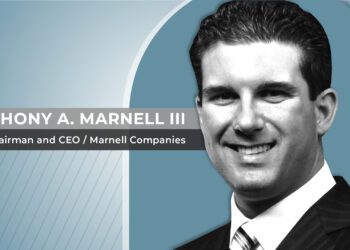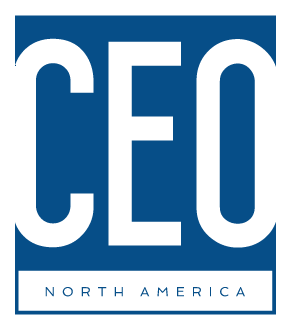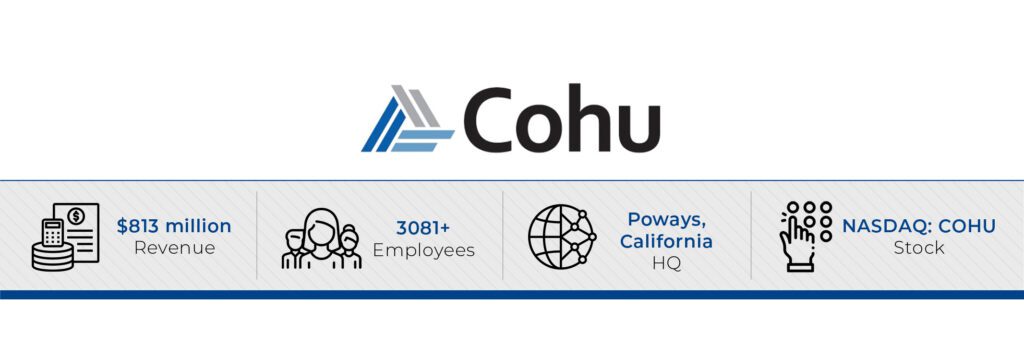

Luis Muller
CEO / Cohu, Inc.
San Diego-based COHU is on the cutting edge of one of the world’s most dynamic industries testing the semi-conductors and electronics going into some of the world’s most important product launches. But with semi-conductor supply chains snarled in the COVID pandemic, it has been a wild ride for the industry and its leading supplier for semiconductor test systems.
The semi-conductor industry took a big hit in 2022 due to high interest rates, high inflation, lower consumer confidence and the general retreat from tech stocks, with market capitalization of the ten largest chip companies down 34% between November 2022 and November 2021, according to a study by Deloitte.
The disruption of supply chains and geopolitical tensions, particularly between the United States and China have created a delicate balancing act for the San Diego-based tech stalwart.
“We have a number of strategic suppliers and a much larger number of component suppliers to make our products,” Luis Muller, CEO of COHU told NA CEO. “The supply chain for almost any part of the business is very dynamic and things the last few years have been very dynamic. First COVID-related exposure then extreme demand in a very dynamic environment.”
COHU was founded in 1947 as Kalbfell Laboratories in California, a small electronics developer before moving into the manufacture of solid-state test equipment. It has built up its portfolio of services step-by-step through acquisitions over the years.
“Now if we do see demand increasing dramatically, we’ll certainly work to reduce further the lead time or increase manufacturing capacity to address that..”


The company’s manufacturing centers are in Germany, Japan, Malaysia, the Philippines and the United States, Meanwhile the company’s sales and service offices are in China. Germany, Japan, Malaysia, the Philippines, Singapore, Switzerland and Thailand. The strong Asian component is reflected in the fact that 65% of the company’s 3000+ employees are located in the Asia Pacific region where the company makes most of its sales.
COHU reported net sales of $813 million and income of $142 million in 2022 down by almost 10% from 2021. Nonetheless COHU came of a strong 4Q22 as evinced by Muller’s statements on the release of results.
“We delivered another strong quarter of profit and cash flow. Gross margin was up 4.7% year-over-year and better than our target financial model as we made good progress managing costs, growing our recurring business, and selling differentiated products,” said Müller at the time. “We made significant gains in the last few months with the deployment of a new subscription-based software product, launch of a collaboration to deliver advanced probe card solutions, and the acquisition of MCT Worldwide to accelerate our roadmap in panel test for advanced packages.”
The company expects sales in 1Q23 to be between $173 and $187 million.
Muller has a doctorate in Mechanical Engineering from MIT where he continues to donate his time as professional advisor part of the Martin Trust Center for MIT Entrepreneurship, the flagship tech universities business incubator.


Semi-conductor testing implies providing the equipment which allows semi-conductor manufacturers to see whether the output signals of their devices work are those indicated in the design specifications. Since it is easy for impurities to slip in in semiconductors and electronics testing is essential for the reliability of the enormous number of appliances and devices now using these elements.
“When I became CEO, the company was positioning itself to be as the leading supplier of tests to the automation industry,” Luis Muller, CEO of COHA, told NA CEO. “I saw an opportunity to broaden the company and cover more services required by our customers with tests.”
Broadening the customer base is a strategic priority for the company which depends on 10 customers for 57% if its sales. One pillar of the company’s ability to weather the instability which comes from working in a highly dynamic industry is what the company terms “recurring revenue”, namely the sale of spare parts, kits or services related to testing systems it has already sold, which accounted for 45% of the company’s 4Q22 revenue.
“Structurally thinking most our peers are reliant on capital equipment and are very reliant on capital spending for the semi-conductor industry,” Muller told NA CEO. “COHU is close to half-and- half. Half is capital equipment and half is what we call ‘recurring business’ which is more resilient and more stable business. We are not so much in cyclicality of the industry as some of our peers.”
Now the company has grown to be the largest US-based supplier of test handling equipment used by semi-conductor manufacturers.
“Certainly, the areas that we’re pushing at right now are more related to analog and power semiconductors, spread across automotive, industrial and computing applications.”
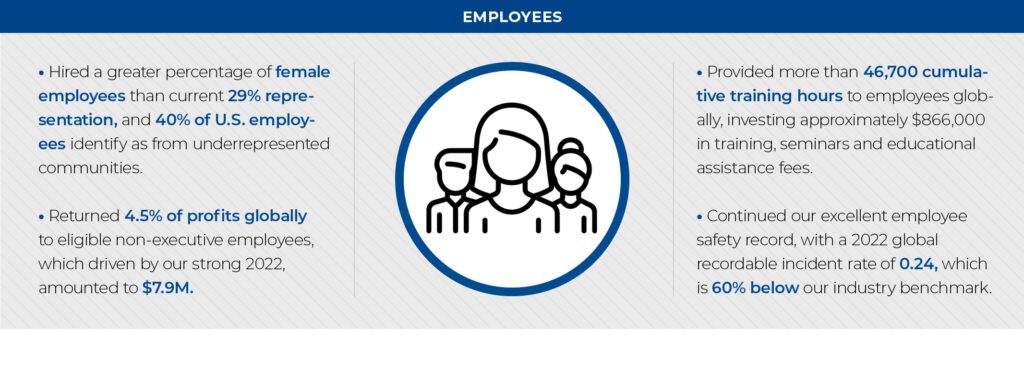

“Our recurring business is primarily made up of test interface hardware and device application kits that are IC design-driven and benefit from the introduction of new semiconductor products by our customers,” said Muller.
A significant development for the company in 2022 was the acquisition of Minnesota based tech lab MCT Worldwide. The deal was in step with Muller’s conception of a continually broadening spectrum test solutions by adding, strip, film-frame and laser marking to COHU’s product portfolio.
“MCT brings critical technologies that will help accelerate our product development roadmap to address growing opportunities in advanced packaging panel test,” noted Muller recently. “This acquisition also adds a couple of products to COHU’s portfolio and a small revenue stream with gross margins in line with our target financial model.”
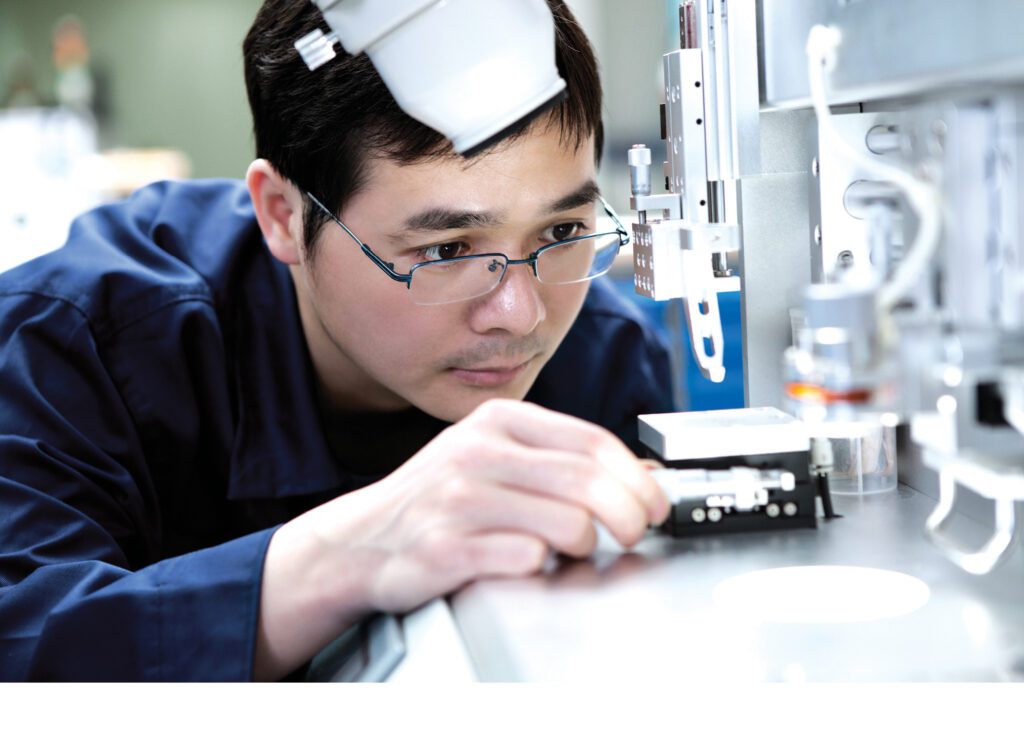

The MCT deal is just the latest example of a company which has historically grown through acquisitions. One such purchase was that of Fisher Research laboratory, the inventor of the metal detector in 1967, which gave the company a unique position in the metal detection market. This acquisition has become increasingly relevant as security considerations led to the adoption of walk-through metal detectors and hand-scanning devices. The acquisitions of Delta Design, Inc and Daymarc Corporation, respectively in 1983 and 1994 position the company in the semi-conductor testing market. COHU’s presence in the broadcast industry goes back to the acquisition of Broadcast Microwave Services Inc in 1984.
Looking forward to 2023 Muller sees a slow beginning and a possible pick-up in the second half of the year.
“We have seen already in Q4 some moderation in automotive applications,” Muller told investors. “I don’t expect it to be dramatically different going forward. And at some point, more of a recovery in the mobility, the handset, but nothing dramatic. And then you factor that in the lead times that I described, right? And there’s only so much you can do within this year considering the backlog and the lead times we have.”
“That tester business has been a big story of pivoting to win new customers outside of mobility.”




The company already saw a lower demand for mobility — or data traffic — products in 2022 leading to a dent in sales which is expected to continue the in the first half of 2023.
“We’re expecting the first half to be soft, and I think that’s pretty obvious now due to inventory correction in consumer mobility, PC and servers,” Muller told investors. “And honestly, considering our systems lead times today, which for handlers are about 24 weeks on average and tester is about 12 weeks, we expect that there will be a slow climb from the bottom through the second half of the year.”
Research and development are naturally a major strategic area for the technology company which spent $93 million on the development of new products and equipment in 2022.
A major step forward coming out of R&D for COHU in 2022 was the launch of the subscription sale of DI-core predictive maintenance software, which allows for real time component and thermal performance analytics of semiconductors. The market for predictive maintenance software is estimated at $1.0B and is expected to grow at 20% CAGR.
“We expect to see strong adoption rates from this new Predictive Maintenance product,” said Muller. recently. “It’s an analytics solution that adds on to the insight platform that we’re selling through last year. So, we introduced PdM here in the fourth quarter as a subscription sale. It’s an annual renewal rate. It provides the analytics so that you can improve your overall equipment efficiency or utilization of your cells.”
By branching into software, the company sees an opportunity to aggregate between $25 million and $35 million in revenue over the years another significant towards reaching the company’s mid-term target revenue of $1 billion.



